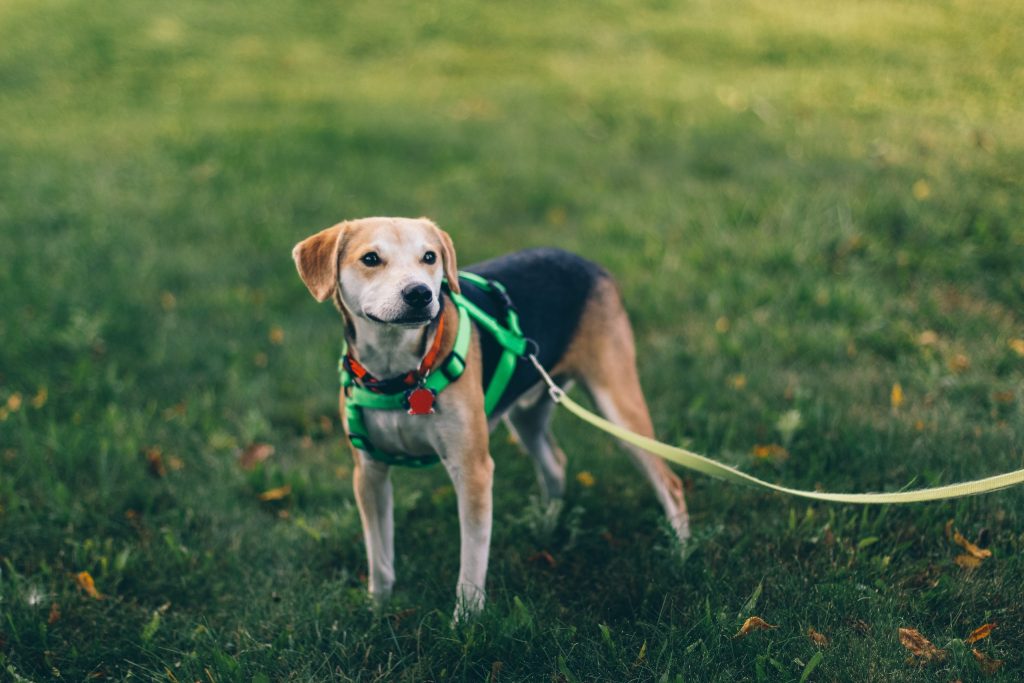You wake up early in the morning, sip your coffee on the patio, and watch your dog roam around happily on your lawn. It looks relaxing and gleeful until you see those brown, dead patches on areas where your garden’s healthy grass once stood.
Of course, you want your beloved pups to go out there and play, and they can still do that without damaging your lawn. Whether it’s using an all-natural fertilizer at https://trygnome.com/products/soil-test-kit or carving a dedicated potty area, there are ways for your dog to play around your lawn harmlessly.
If you’re a dog owner, here are eight helpful tips for taking care of your lawn.
1. Clean Up Right Away
Your dog’s urine is abundant in nitrogen and salts that could burn your grass and cause brown, dead patches. Still, there is a way to avoid that from happening — if you clean up right away.
Once you see your dog pee or poop on your grass, you should immediately use a gardening hose to water that affected spot. This way, the soil will not absorb the chemicals from your dog’s excretes.
2. Designate a Separate Potty Area
Another way to have your dog and lawn co-exist is to designate a separate potty area for your pup. To create a DIY potty area, you can always use mulch or other alternatives like gravel, pea gravel, river rock, or even artificial grass.
There are essential things to remember, though. When designating your dog’s potty area on your lawn, you should also consider factors like weather, proximity to your house, and your dog’s comfort in using the area.
3. Try Mowing High
You could also consider mowing your grass high to hide brown patches on your lawn. Moreover, taller grass is also tougher, so it has a higher chance of surviving wear and tear from your dog’s foot traffic. Each type of grass has a recommended mowing height, so you might want to check that as well.
4. Consider Damage-Resistant Grass
If you want to have more peace of mind when your furry friend roams around your lawn, you can always opt for tougher, damage-resistant types of grass. Several resilient grass types that come to mind are Bermuda grass, Zoysia, Kentucky bluegrass, perennial ryegrass, and tall fescue.
Of course, there’s still a chance these types of grass will get damaged, especially if you don’t clean up immediately. But their ability to withstand foot traffic from your dog means a longer lifespan than other delicate types of grass.
5. Line Up Trails with Hardscapes
You can also line up their walking trails with hardscapes to prevent your dog from squashing your grass. You could use stones, concrete, or bricks to create trails for your dog to walk on.
6. Supervise as much as Possible
Supervising your dog when they play around the lawn will also help train them on the do’ and don’ts in your garden. However, we know that you don’t have the luxury of keeping an eye on your dog all the time, so it’s still advisable to follow any of the aforementioned tips in this list.
7. Use Organic Fertilizers
While it’s true that fertilizers can help your grass grow stronger, you should also be aware of their effect on dogs. Using only all-natural or organic fertilizers is recommended if you have dogs at home.
8. Avoid Toxic Plants
Lastly, you should also avoid plants that are toxic to dogs. Some of these toxic plants include black locust, daffodil, Hyacinth, jasmine, oak tree, poison hemlock, and rhubarb, among many others.
If you’d like to know more about instant lawn and lawn care be sure to check out Lilydale Instant Lawn.







